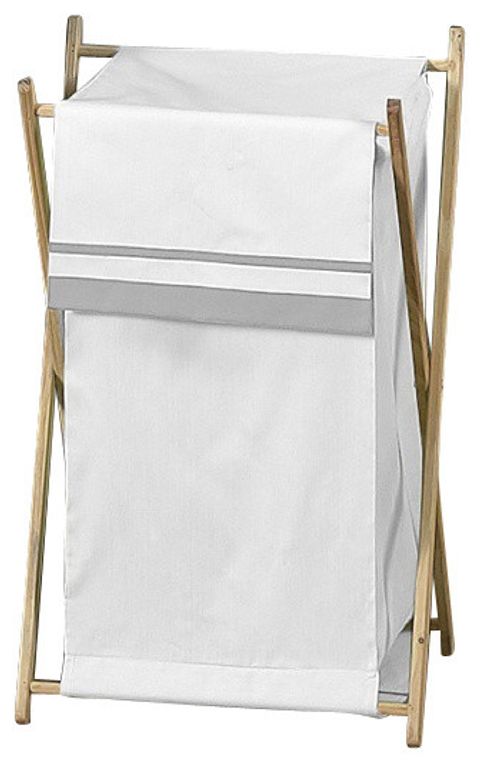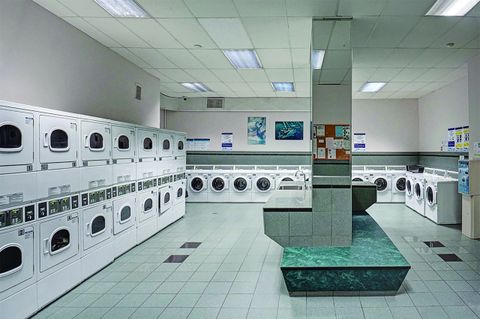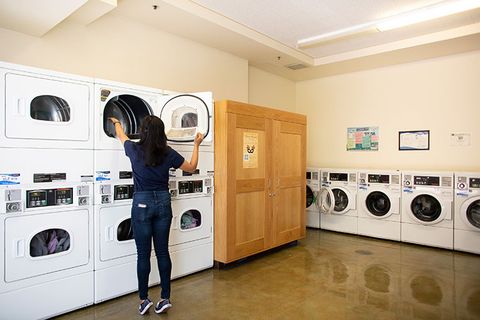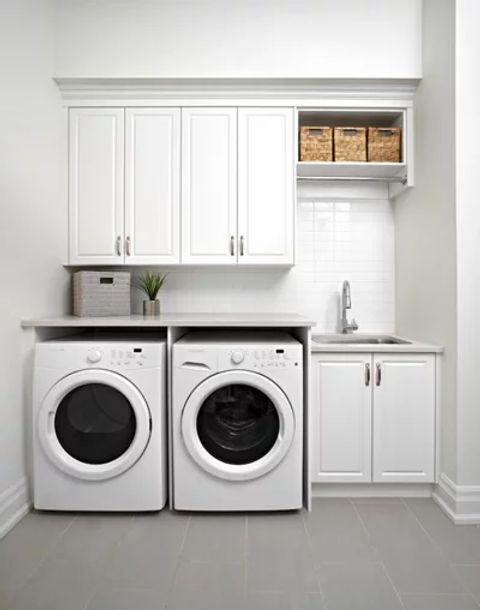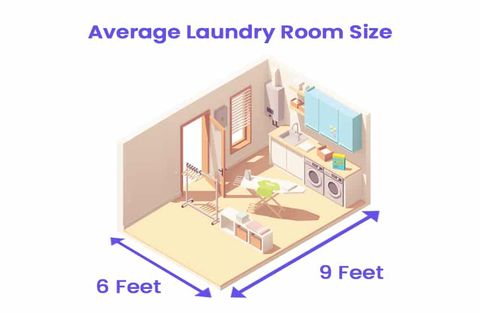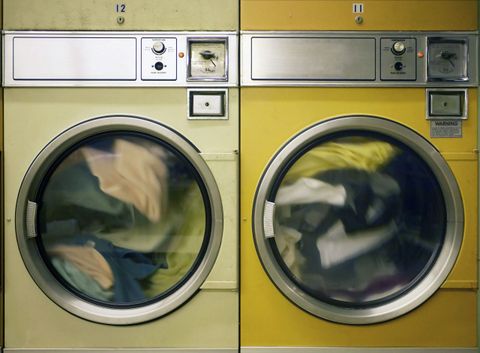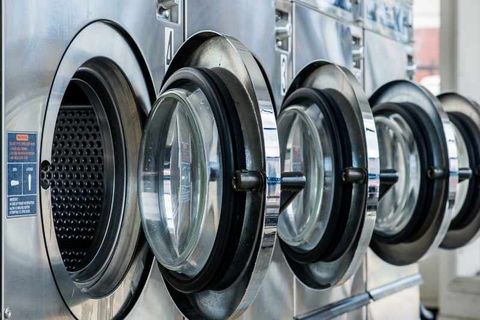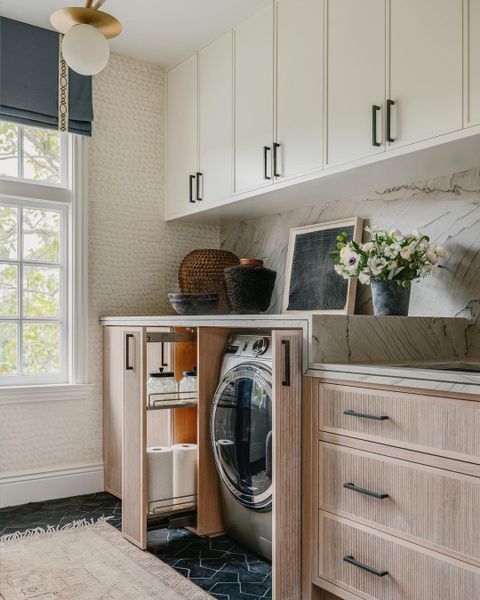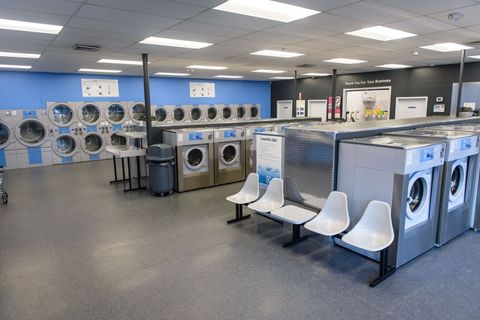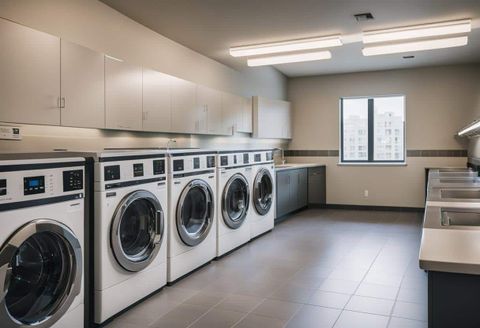We all love a clean load of laundry, but have you ever stopped to think about what’s going on behind the scenes in your laundry room? It’s a space that often gets overlooked when it comes to safety and building regulations. Yet, it’s precisely this neglect that makes it a hotbed for potential problems, and surprisingly, a common place where building codes get unintentionally breached. Let’s pull back the curtain on this often-ignored area and uncover the silent culprits that can lead to serious safety hazards and code violations.
The laundry room. It’s where dirty clothes meet clean, where suds and steam are part of the daily routine. But beneath the surface of this practical space lies a potential minefield of building code violations that many homeowners and even some builders might not be aware of. These aren’t usually the result of malicious intent, but rather a lack of understanding or oversight. The consequences, however, can be severe, ranging from minor inconveniences to significant fire hazards and structural damage. This article aims to shed light on these often-unseen risks and provide you with the knowledge to ensure your laundry room is not just functional, but also safe and code-compliant.
Ventilation: The Breath of Life (and Fire Prevention)
One of the biggest and most frequently overlooked issues in laundry rooms is inadequate ventilation. When you run your dryer, especially a gas one, it produces a significant amount of heat and moisture. If this isn’t properly vented to the outside, it can lead to a host of problems. First, the moisture can saturate walls and insulation, creating a perfect environment for mold and mildew growth. This is not only bad for your health but can also compromise the structural integrity of your home over time.
Secondly, and perhaps more critically, a blocked or improperly installed dryer vent is a major fire risk. Lint is highly flammable, and when it accumulates in a confined space with heat, it’s a recipe for disaster. Building codes are very specific about how dryer vents should be installed: they need to be rigid or semi-rigid metal, free of kinks and obstructions, and terminate outside the building. Flexible plastic or vinyl vents are a big no-no; they can easily collapse, leading to lint buildup and restricting airflow, and they can also melt under heat. Ensuring your dryer vent is clean and correctly routed is paramount for safety and code compliance. Periodically checking and cleaning your dryer vent is a simple yet crucial maintenance task. Don’t forget to inspect the exterior vent cap too; critters sometimes build nests there, blocking airflow.
Electrical Safety: More Than Just Plugging It In
Laundry rooms are packed with electrical appliances: washers, dryers, maybe an iron, and often a vacuum cleaner. This high concentration of electrical use means electrical safety and code compliance are incredibly important. A common breach here involves overloaded circuits. Many older homes weren’t designed to handle the power demands of modern, high-efficiency appliances. Running a high-wattage dryer and a washing machine simultaneously on the same circuit can trip breakers or, in worse cases, overheat wiring, posing a fire risk.
Another critical aspect is the placement of outlets and switches. They need to be installed according to code, ensuring they are a safe distance from water sources like the washing machine or sink. GFCI (Ground Fault Circuit Interrupter) protection is often required for outlets in laundry areas, especially if they are near a water source. GFCIs are designed to shut off electricity quickly if they detect an imbalance in the circuit, preventing electric shock. Are your outlets properly grounded? Is the wiring adequate for the appliances you’re using? These are questions that need to be addressed to ensure your laundry room meets electrical safety standards.
Plumbing Pitfalls: Water, Water Everywhere, But Not Where It Should Be
Water is, of course, essential for laundry, but uncontrolled water is a builder’s nightmare and a code violation waiting to happen. Leaks are the most obvious plumbing problem. A leaky hose connection to the washing machine, a faulty drain hose, or even a malfunctioning appliance can lead to water damage. This can cause rot in floors and walls, promote mold growth, and even affect the structural integrity of your home. Building codes typically require proper shut-off valves for washing machines, easily accessible in case of an emergency.
Beyond leaks, improper drainage is another significant concern. The drain for your washing machine needs to be installed correctly to prevent backups and siphoning. If the drainpipe isn’t installed at the right height or with the proper venting, dirty water can back up into the machine or even overflow the drain, creating a mess and a potential health hazard. Ensure all plumbing connections are secure and that your drainage system is functioning as it should. Regular checks of hoses and connections can save you a lot of trouble and expense down the line.
The Foundation of Safety: Proper Installation and Materials
Sometimes, the silent culprits are the very materials and methods used in construction. Using the wrong type of materials for flooring or walls in a laundry room can lead to problems. For instance, porous materials that aren’t sealed properly can absorb moisture, leading to damage. Building codes often specify requirements for water-resistant materials in areas prone to moisture.
Furthermore, the way appliances are installed matters. Washing machines, in particular, vibrate quite a bit. If they aren’t installed on a stable, level surface, this vibration can cause damage over time to the flooring and surrounding structures. Proper anchoring and leveling are key. It’s also essential that all installations—electrical, plumbing, and ventilation—are performed by qualified professionals who are knowledgeable about current building codes. Cutting corners on installation or using substandard materials is a sure way to invite future problems and potential code breaches.
Gas Appliance Concerns: A Special Kind of Danger
If you have a gas dryer, the stakes are even higher. Gas appliances require specific venting for combustion byproducts, including carbon monoxide, a colorless and odorless gas that is extremely dangerous. An improperly vented gas dryer can allow carbon monoxide to seep into your home, posing a serious health risk. This is why gas dryer vents are subject to particularly stringent code requirements, often mandating specific pipe materials and clearances from combustible materials.
Beyond venting, gas lines themselves need to be installed and maintained correctly. Any leaks in the gas line can lead to a fire or explosion hazard. If you suspect a gas leak, leave the area immediately and call your gas company or emergency services. Regular inspections of gas appliances and their associated venting systems are not just good practice; they are essential for safety and compliance. Never attempt to service gas lines or appliances yourself unless you are a qualified professional.
Preventative Measures: Becoming Your Own Building Inspector
So, what can you do to ensure your laundry room is safe and code-compliant? Firstly, educate yourself. Understand the basic requirements for ventilation, electrical, and plumbing in your area. If you’re building or renovating, hire reputable contractors who are familiar with and adhere to local building codes. Don’t be afraid to ask questions about their methods and materials.
For existing homes, a periodic home inspection can reveal potential issues. You can also perform your own checks. Listen for unusual noises from appliances, look for signs of water damage or mold, and feel for excessive heat around electrical outlets or the dryer vent. Regular cleaning of your dryer lint trap and vent is crucial. Ensure all hoses are in good condition and connections are tight. If you have a gas appliance, get it serviced regularly by a professional. Taking these proactive steps can prevent minor issues from escalating into serious code violations and dangerous situations. Being an informed homeowner is your best defense against these silent culprits.
The laundry room, while a necessity, can harbor hidden dangers if not properly maintained and constructed. From the invisible threat of carbon monoxide from gas appliances to the visible damage caused by moisture and leaks, the potential for building code breaches is significant. However, by understanding the common issues related to ventilation, electrical safety, plumbing, and appliance installation, you can take steps to mitigate these risks. Regular maintenance, informed choices during renovations, and a keen eye for potential problems are your best tools. Ensuring your laundry room is safe and compliant isn’t just about avoiding fines; it’s about protecting your home and the well-being of everyone who lives in it. So, next time you’re doing laundry, take a moment to appreciate the space and ensure it’s as safe as it is functional.

